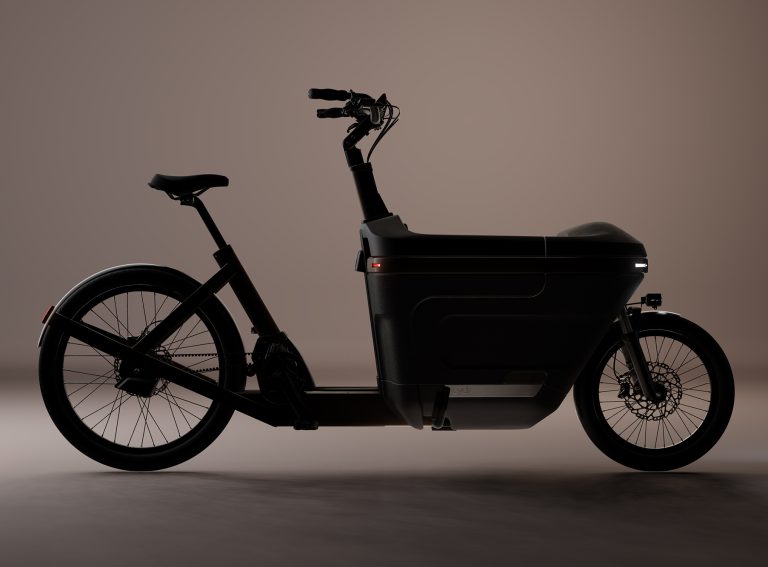Voi, the Swedish-micromobility company, is urging local authorities across Europe to dedicate more parking space and infrastructure for micromobility.
The company, which holds the largest market share in the UK for the shared e-scooter trials, has started rolling out its own parking rack solutions across Europe, including in the UK at trial locations like Northampton, Portsmouth and Southampton.
Voi said 47 parking rack solutions have been rolled out in the UK so far and it is planning on rolling out across all the markets it represents.
A spokesperson told Zag: “When we launch in a city we present them with many parking options, ultimately it’s up to the city to make that decision.”
The roll-out on mainland Europe started in Germany and Voi is working with S-Bahn Stuttgart, The Norwegian Institute of Transport Economics and the City of Erlangen on the wider roll out.
The scooter clutter challenge
Scooter clutter is one of the challenges all operators need to tackle as part of improving their image and seamlessly linking micromobility options into the ebb and flow of a city’s infrastructure.
In a statement Voi said: “Typically, when you think of e-scooter sharing you think of them as free floating.
“Users get to start and end the ride at any given point.
“Through the app based location system the next customer can then pick up the scooter allowing for optimum usage.
“We realise that, as often is the case, it is about getting the best of both worlds.”
Voi said the downside to not having dedicated racks, is that scooter parking might look less organised to the naked eye.
It also said having racks strategically placed can drive responsible parking behaviour.
Dedicated infrastructure can drive better behaviour
Shared micromobility services are often used for transport to and from certain hotspots – such as tram and bus stations – which leads to a large numbers of scooters being parked around public transit hubs.
“In fact, 45% of Voi users said in 2020 that they combine e-scooters with public transport”, said Claus Unterkircher, Voi’s general manager for Germany, Austria and Switzerland, referring to a global user survey conducted by Voi.
A whitepaper published by the Bayern Innovativ Think Tank shows that 30 to 35% of all e-scooter rides from the local business park connect with public transport stations.
Commuters from adjacent city Fürth park their Voi e-scooters in the vicinity of train and bus stations 25 to 30% of the time.
A recent study “Parking Solutions for Shared E-scooters” (2021) conducted by the Norwegian Institute of Transport Economics (TØI) and the Norwegian Public Roads Administration (SVV) concludes that the use of physical parking infrastructure – such as racks and painted parking spaces – has a positive effect on parking behaviour.
Over 50% of the e-scooter riders who ended their trips in the test areas, located in Norwegian cities Oslo and Trondheim, parked inside or near the parking solutions.
The study also finds that convenience and proximity play a role in how effective the solutions are in promoting good parking behaviour.
Use of both racks and painted parking spaces decreases with distance from a user’s end destination, so they are most effective when placed in areas where people normally end their trips (such as in connection to public transit hubs).

Two minute window
User surveys conducted during the Voi test period show that users are only willing to walk one to two minutes to park in a dedicated spot.
Christina Moe Gjerde, Voi’s general manager Norway, said: “There are two key takeaways from this research project.
“The first is that people want to park responsibly when dedicated parking spots exist, and the second is that this solution only works if there are enough visible and strategically placed parking spots in areas where most people begin or end their e-scooter rides.”
Findings from Erlangen – where Voi supported the city in the creation of e-scooter parking areas – show similar results.
Over 50% of Voi users who finished their rides at the local town hall parked in one of the designated parking areas. Before this zone was highlighted in the Voi app, the same number was at 0%.
At the Erlangen train station, which was updated with additional physical infrastructure for e-scooter parking, the numbers are even stronger.
Around three quarters of Voi riders now use the suggested parking spot, up from 10% before.



